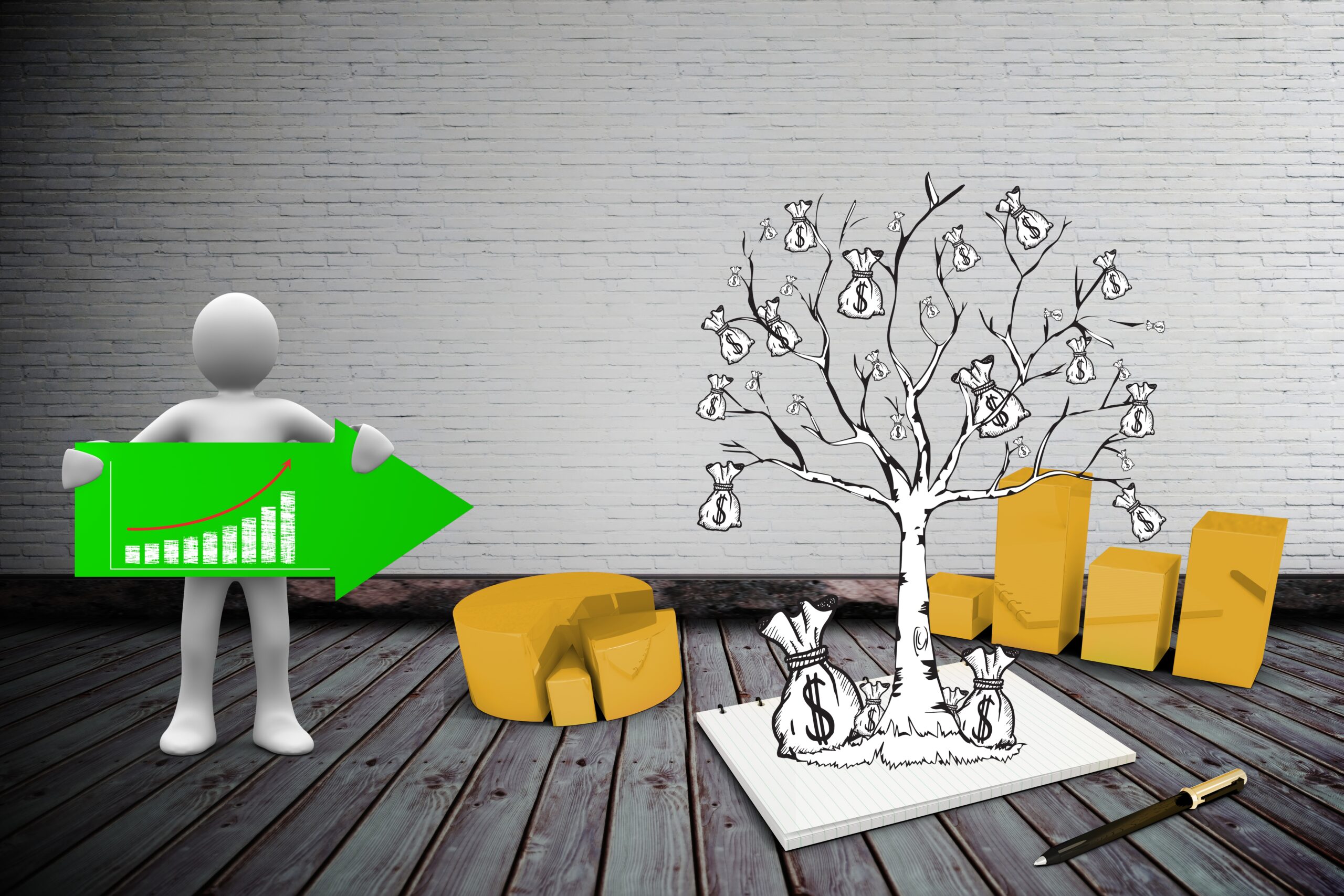
Using B2B brand storytelling to nurture leads and build trust throughout the buyer journey.
The process of developing a relationship with potential customers in order to move them from their initial curiosity to making a purchase is known as business-to-business lead nurturing. Lead nurturing, however, takes time. A B2B sales funnel is more complicated than a B2C one since it usually involves more decision-makers and is longer. Because of this, nurturing B2B leads into conversion requires more time, money, and careful planning. To help leads move forward, you must qualify them, comprehend their demands at each stage of the funnel, and then provide content that is specifically designed for each stage.
Let’s see how B2B brand storytelling helps in the process of nurturing leads:
What is B2B brand storytelling?
The art and science of creating captivating narratives that highlight your distinctiveness, value proposition, and client success stories is known as B2B brand storytelling. It’s not about boasting about your physical attributes or exaggerating your abilities. Demonstrating your ability to address actual issues, produce actual outcomes, and have a genuine influence on your clientele is crucial. B2B brand storytelling enables you to capture prospects’ curiosity, get their attention, and motivate them to take action.
Why is B2B brand storytelling important?
Building trust and credibility, creating an impact on decision-making, and standing out from the crowd are all made possible by B2B brand storytelling. In research conducted by LinkedIn and Edelman, 81% of B2B buyers stated that thought leadership material is crucial to their decision-making process, and 58% stated that it has a direct impact on the vendor they choose to do business with. Additionally, B2B brand storytelling encourages consumer advocacy, loyalty, and emotional ties.
How do you craft your B2B brand story?
Your B2B brand story needs to be created using a straightforward approach that addresses three important questions: Who are you? What do you do? Why does it matter? Your goal, vision, and values should all be reflected in your brand story, along with your value proposition, consumer segments, and unique selling proposition. Testimonials, case studies, and success stories that illustrate how you assist your clients in reaching their objectives and overcoming obstacles should also be included in your brand narrative.
How do you use B2B brand storytelling throughout the buyer journey?
For B2B brand storytelling to be effective throughout the buyer journey, your content must correspond with the various awareness, consideration, and decision stages. You must educate, convince, and inspire your prospects to take the next action at every stage by offering pertinent and useful information. For instance, you can highlight your market knowledge, address common problem areas, and present your solution at the awareness stage by using blog posts, infographics, and eBooks. During the deliberation phase, you can emphasize your unique selling points, present your advantages, and offer social evidence by using webinars, white papers, and case studies. Demos, free trials, and proposals can be used at the decision-making stage to dispel doubts, address concerns, and seal the sale.
How do you measure the effectiveness of your B2B brand storytelling?
In order to evaluate the success of your B2B brand storytelling, you must monitor and assess critical metrics that align with your marketing goals. Metrics including search volume, social media interaction, email open and click rates, content downloads, lead generation, lead nurturing, lead quality, conversion rates, customer retention, customer satisfaction, and customer advocacy may all be measured based on your objectives. Additionally, you can leverage qualitative input from reviews, interviews, and surveys to find out how your target audience feels about and reacts to your brand narrative.
How can you improve your B2B brand storytelling skills?
You must practice and take lessons from the finest if you want to get better at B2B brand storytelling. Books, blogs, and articles about B2B brand storytelling examples, best practices, and advice are available for reading. Additionally, you can take advantage of webinars, workshops, and courses on B2B brand storytelling tools and approaches. You may also ask for advice on how to make your brand story and content better from mentors, peers, and industry experts. Above all, you must pay attention to what your clients are saying, comprehend their requirements and expectations, and then craft your brand narrative around their interests and preferences.